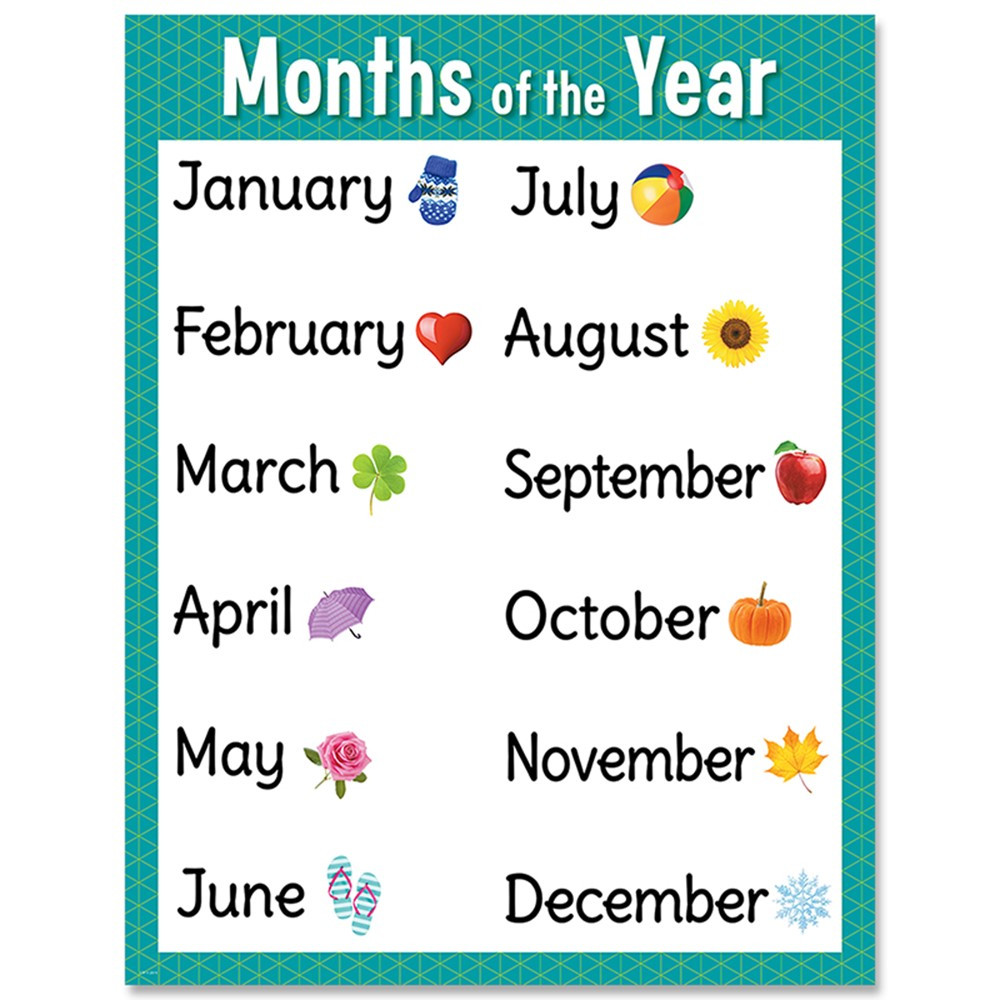Understanding the Months in Order: A Comprehensive Guide
Have you ever found yourself wondering about the months in order and their significance? Whether you’re planning a trip, organizing your schedule, or simply curious about the calendar, understanding the months in order is essential. In this article, we will delve into the origins, characteristics, and interesting facts about each month to provide you with a well-rounded understanding. Let’s explore the fascinating world of the calendar months!
Key Takeaways
- The calendar year is divided into 12 months, each with unique characteristics and historical significance.
- Understanding the order of months can aid in effective planning and scheduling.
- Each month has its own cultural, historical, and seasonal significance.
The Months in Order

1. January
January is the first month of the year in the Gregorian calendar. Named after Janus, the Roman god of beginnings and transitions, January marks the start of a new year. It is often associated with new beginnings and resolutions. In the Northern Hemisphere, January is typically one of the coldest months, often characterized by snow and winter activities.
2. February

February, the second month, is known for being the shortest month of the year with 28 days, or 29 in a leap year. Named after Februa, an early Roman festival and cleansing ritual, February is often associated with love and romance, thanks to Valentine’s Day. Despite its brevity, February often packs a punch with its cold weather.
3. March
March heralds the arrival of spring in the Northern Hemisphere. Named after Mars, the Roman god of war, March is a month of renewal and rebirth. As the days grow longer and warmer, March is often seen as a time of growth and new beginnings. It also marks the celebration of St. Patrick’s Day, a cultural and religious holiday for the Irish.
4. April
April is known for its showers, which bring the May flowers. The name April is believed to be derived from the Latin word “aperire,” which means “to open,” signifying the opening of buds and blossoms. This month is often associated with Easter, a significant religious holiday, and Earth Day, which is dedicated to environmental protection.
5. May
May is a month of full bloom and warmer weather. Named after Maia, the Greek goddess of fertility, May is a time of growth and abundance. This month is often associated with celebrations such as May Day, which celebrates the arrival of spring, and Mother’s Day, honoring motherhood and maternal bonds.
6. June
June marks the beginning of summer in the Northern Hemisphere. Named after Juno, the Roman goddess of marriage and childbirth, June is a popular month for weddings. It is also the time for the summer solstice, the longest day of the year, which is celebrated with various cultural events and festivals around the world.
7. July
July is named after Julius Caesar, who was born in this month. It is the heart of summer and is often associated with hot weather, vacations, and outdoor activities. Independence Day is celebrated in the United States on July 4th, marking the country’s declaration of independence from Britain.
8. August
August, named after Emperor Augustus, continues the summer season’s warmth and vibrancy. It is a popular month for holidays and travel. Many cultures celebrate harvest festivals during this time, marking the abundance of crops and the end of the growing season.
9. September
September marks the transition from summer to autumn. Its name is derived from the Latin word “septem,” meaning seven, as it was the seventh month in the Roman calendar. September is often associated with the start of the academic year and the harvest season. The autumnal equinox occurs in this month, signaling equal lengths of day and night.
10. October
October is known for its vibrant fall foliage and cooler temperatures. The name comes from “octo,” meaning eight in Latin, as it was the eighth month in the ancient Roman calendar. Halloween, a holiday celebrated with costumes and festivities, occurs in October, adding to its spooky charm.
11. November
November is a month of transition into winter. The name is derived from “novem,” meaning nine in Latin. It is a time for giving thanks, as Thanksgiving is celebrated in the United States, reflecting gratitude for the harvest and blessings of the past year.
12. December
December, the final month of the year, is filled with holiday cheer and festivities. Named after “decem,” meaning ten in Latin, December was the tenth month in the Roman calendar. It is synonymous with Christmas and New Year’s Eve celebrations, marking the end of the year and the anticipation of a new one.
The Importance of Knowing the Months in Order
Understanding the months in order is crucial for planning and organizing various aspects of life, from scheduling appointments and events to tracking seasons and holidays. Each month carries its own significance, whether cultural, historical, or seasonal, and recognizing these can enhance your appreciation of the year.

The months in order form the backbone of our calendar year, each with its unique attributes and significance. By understanding the order and characteristics of each month, you can better appreciate the rhythm of the year and plan accordingly. Whether you’re marking a special occasion or simply enjoying the changing seasons, knowing the months in order enriches your experience of time.


